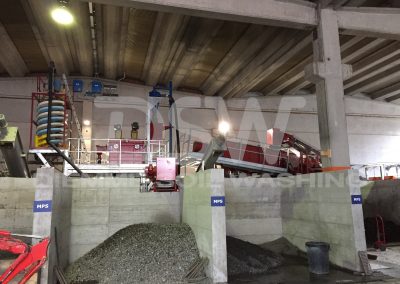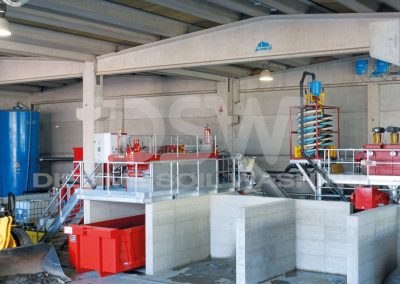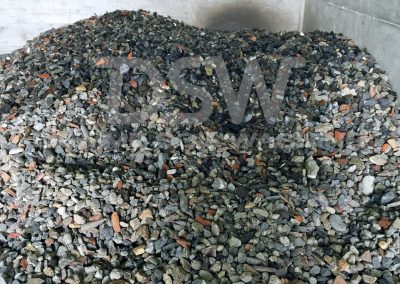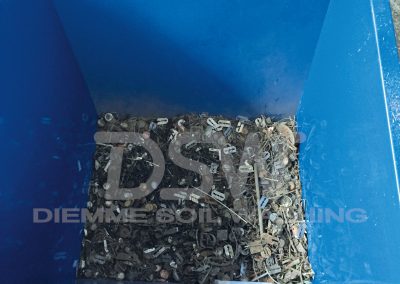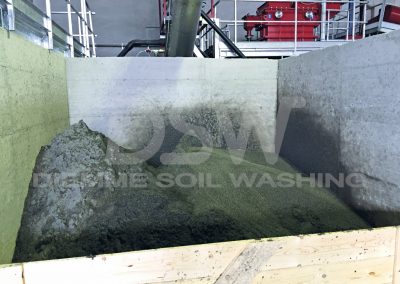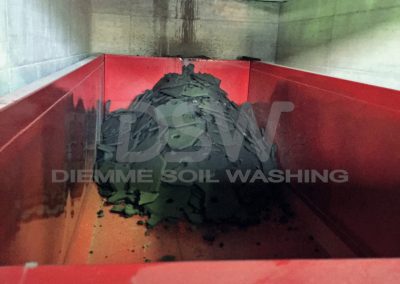Treatment and Recovery of Road Sweeping, Gully Waste, Sand from Sewage Treatment Plants
Treatment and Recovery of Road Sweeping, Gully Waste, Sand from Sewage Treatment Plants
Proper treatment and recovery of gully waste is crucial to avoid negative environmental impacts. Our company specializes in treatment and recycling of gully waste, road sweeping waste, and sand from sewage treatment plants, using state-of-the-art equipment and techniques.
ADVANTAGES OF DIEMME SOIL WASHING TECHNOLOGY:
- Recovery of a high fraction of second raw material, end of waste (> 70%)
- Reduction of the class of risk of waste produced and consequent reduction of disposal costs
- Volumetric reduction and concentration of pollutants
- Reduced consumption and optimization of the use of chemical additives by monitoring and automated management of the treatment process
- Compliance of the materials produced with the legal requirements for the classification End of Waste and product compliance with the reference technical standards
- Closed water circuit with waste water treatment and its recirculation at the head of the plant
- Reduction of the short-term and long-term environmental impact thanks to the saving of resources given by the re-use of secondary raw materials and the reduced use of landfill.
OUTGOING MATERIALS:
- Gravel and sand as second raw material
- Organic waste compostable or disposable
- Ferrous metals sent for recovery
- Coarse mixed wastes to be sent for disposal
- Mechanically dewatered silt and clays recoverable
- Clarified water treated and recirculated at the head of the system
SOME OF THE EWC CODES SUITABLE ON SOIL WASHING SYSTEM FOR ROAD SWEEPING:
- 200303 road cleaning residues
- 200304 septic tank sludge
- 200306 waste from sewer cleaning
- 190802 waste from sand removal
- 191301 *solid wastes from land reclamation operations containing dangerous substances
- 191302 solid wastes from land reclamation operations, other than those mentioned in 19 13 01
- 170503 *earth and rocks, containing dangerous substances
- 170504 earth and rocks, other than those mentioned in 17 05 03
- 170507 *crushed stone for railway ballast containing dangerous substances
- 170508 crushed stone for railway ballast other than that mentioned in 17 05 07

